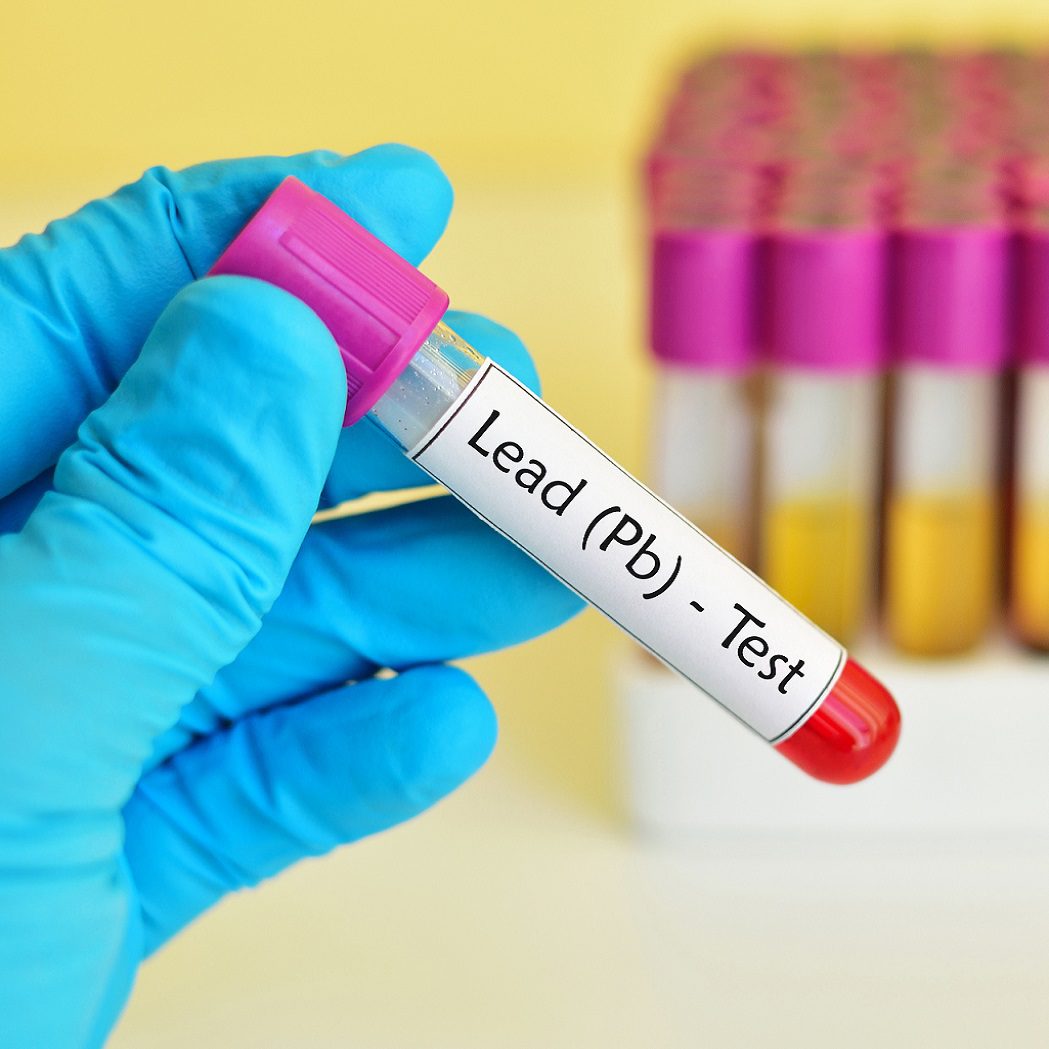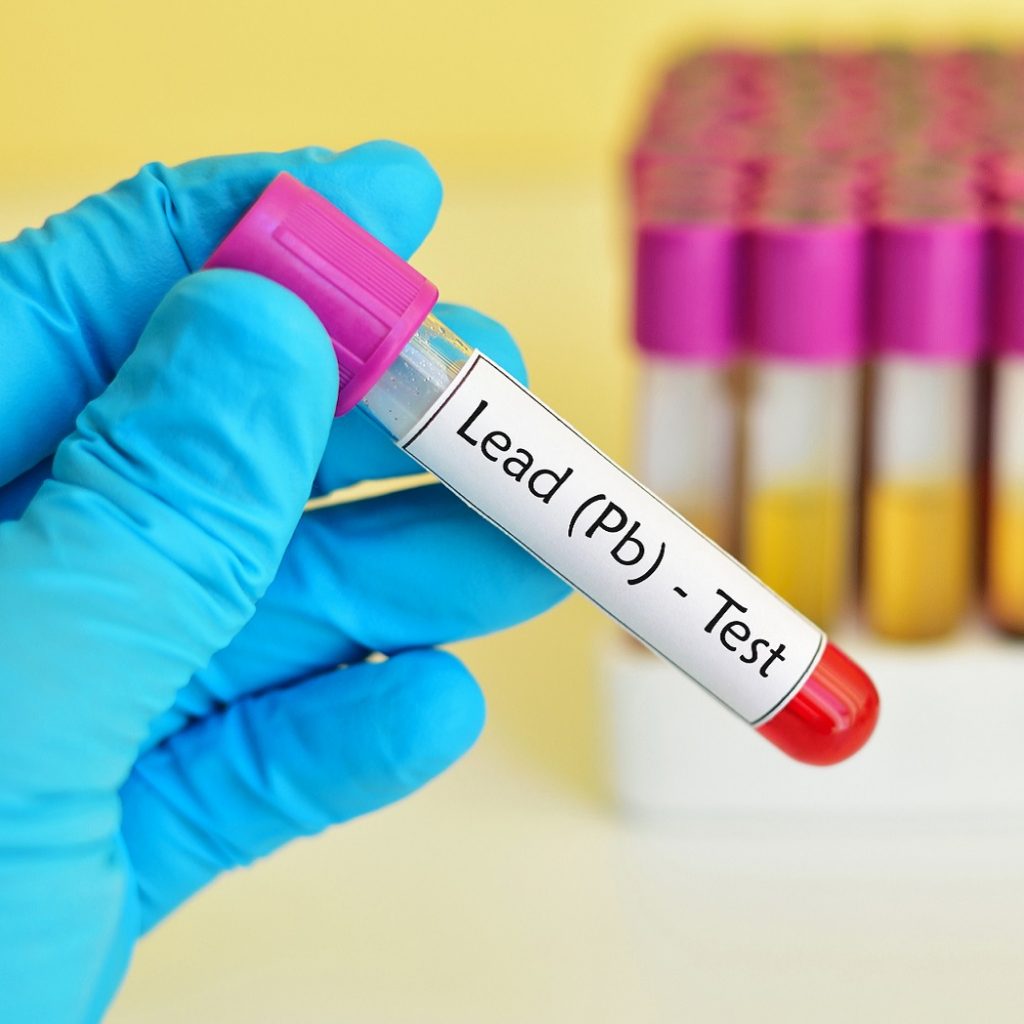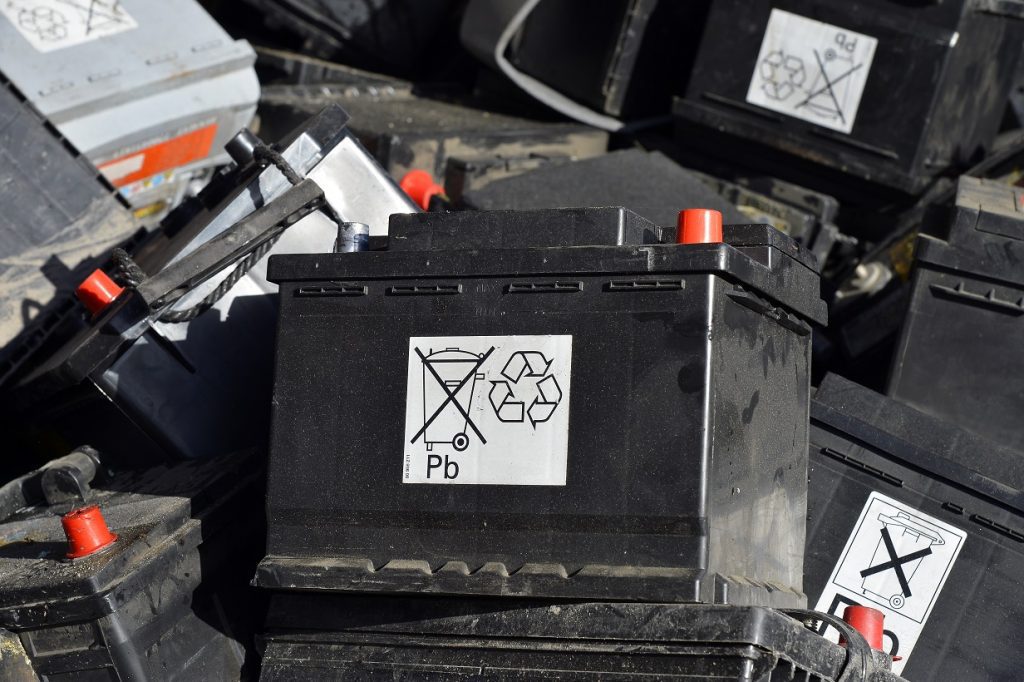
Addressing the Risk of Lead Poisoning in California

Written by: Joe Mangiardi, NES, Inc.
 Reports indicate that the risk of lead poisoning in California has not always been mitigated effectively.
Reports indicate that the risk of lead poisoning in California has not always been mitigated effectively.
Preventing Lead Poisoning in California
The threat of lead poisoning in California has been receiving increased attention over recent months and years—and for good reason. The lead-contaminated water crisis in Flint, Michigan was national news in 2015/2016 and is an issue that will continue to present problems for affected citizens well into the foreseeable future. The outrage resulting from the Flint debacle is certainly justifiable: lead has long been established as a substance toxic to humans, and officials, businesses, and academic institutions reportedly knew of the problem in advance of the public being warned en masse. Unfortunately, similar such cases have occurred in California as well.
In most environmental health and safety categories, the Golden State sets the gold standard, leading the nation in enacting and enforcing regulations that are more stringent than their federal counterparts. When it comes to preventing exposure to lead, however, California’s protocols have come into question.
Perhaps the most salient examples of this are the James Mangan Rifle and Pistol Range in Sacramento and the Exide Technologies battery recycling plant in Vernon. In both cases the sites were found by state officials to contain concentrations of lead significantly beyond the permissible exposure limits, and in both cases agency officials may have been aware of these conditions ahead of any substantive actions being taken.
The Mangan Gun Range
According to the Capital & Main article Promise Breakers: How Regulators Failed to Stop a Sacramento Lead Hazard, in 2002 the California Department of Public Health (CDPH) knew of multiple Mangan gun range employees having elevated lead-blood levels, with at least one of those employees suffering from what was phrased as “serious lead poisoning.” CDPH officials investigated the site and found airborne lead concentrations at levels reaching “80 times the permissible exposure limit.” Yet the facility was not shut down until 2015, after which an unknown number of individuals had been exposed to lead at these highly hazardous concentrations.
 It is not known how many employees (and potentially customers) suffered lead poisoning from their time at the Mangan gun range; airborne lead contamination affected nearby residences as well.
It is not known how many employees (and potentially customers) suffered lead poisoning from their time at the Mangan gun range; airborne lead contamination affected nearby residences as well.
Of those exposed, one private shooting instructor received a letter in 2014 from CDPH informing him that he had been diagnosed with lead poisoning, a condition that could confidently be traced to time spent at the Mangan gun range. He now suffers from depression, impaired memory, sterility, and other symptoms for which lead poisoning can be responsible.
Another victim was then 19-year-old Jason Bracy, who was assigned in 2013 by the Sacramento parks department to help clean the gun range. Despite prior assurances made by city officials to CDPH that workers would be provided adequate respiratory protection, on-site shower facilities, and regular blood tests, these basic safety measures were not implemented. Since then, family members report that Bracy has not been the same.
Unfortunately, testing highly suggests that contamination was not contained inside of the gun range. Twelve homes near the gun range that were tested in 2016 and 2017 exhibited “extensive contamination.” Records of follow-up visits by CDPH in the 13-year interim between dangerous lead levels first being detected at the gun range and its ultimate closing in 2015 indicate that CDPH recognized the city of Sacramento was not following through on pledges made to adequately address the issue.
Exide Technologies
The other questionable handling of a lead-contaminated facility in California from recent times concerns the battery recycling plant Exide Technologies. In 2008 the California Department of Occupational Safety and Health (Cal/OSHA) performed an inspection of Exide’s Vernon facility, which included a laboratory analysis of air from the smelter room where automotive batteries are melted down as part of the lead reclamation process. Results of the analysis “revealed that levels of the neurotoxin exceeded federal standards by a factor of 13” (source: Capital & Main article, Battery Blood: California Has Worse Lead Standards Than Arkansas and Texas. Why?). All that Exide suffered as the result of this finding was a $150 fine.
 Exide workers were susceptible to lead poisoning from lead-acid battery smelting operations.
Exide workers were susceptible to lead poisoning from lead-acid battery smelting operations.
The federally run Centers for Disease Control and Prevention (CDC) considers blood-lead levels at or above 25 micrograms per deciliter to represent a serious health risk. Blood tests of Exide workers revealed that lead poisoning was occurring at the Vernon facility after mere months of exposure. Between 1994 and 2014 CDPH noted more than 2,300 cases of Exide workers with blood-lead levels over the federal action limit, yet only in 1996 did CDPH refer the matter to Cal/OSHA for inspection.
Furthermore, during the same period of time as Cal/OSHA’s 2018 Exide inspection in Vernon, a federal OSHA inspection of a similar such Exide plant in Fort Smith, Arkansas resulted in a total of 22 “serious violations” amounting to $71,000 in fines. Findings included high levels of lead in the smelting department and poorly fitted respirators.
When interviewed about the Vernon Exide plant in 2018, a Cal/OSHA representative explained the agency’s treatment of the case by stating that the hazards of such conditions can be mitigated through proper engineering, administrative, and personal protective equipment (PPE) controls and that the agency handled the matter appropriately. What is unclear is whether such factors were considered in the inspection or if recommendations for any such hazard mitigation controls were made by Cal/OSHA to management at the Vernon Exide plant.
Preventing Lead Poisoning in California: Identifying the Disconnects
California is one of 21 states that operate their own Occupational Safety and Health Administration (OSHA) programs. Federal mandates require such programs to be at least as stringent as federal OSHA; however, when it comes to protecting workers from lead poisoning in California, it seems that, at times, inspections either have not occurred or have too often not amounted to punitive and/or corrective actions commensurate to the conditions at those sites.
The issue in California appears to stem from a systemic lack of communication between state departments and the need for additional legislation to ensure federal policies are adopted into state standards.
In 2001 federal OSHA initiated the National Emphasis Program on lead with the goal of eliminating hazardous lead conditions for workers. The program was reinforced in 2008 with stricter standards, but for unknown reasons California did not adopt these standards—though they are required by 38 other states. The program includes mandated inspections when blood-lead levels in workers are found to exceed the 25 micrograms per deciliter threshold. Records on workers’ blood-lead levels are required to be kept for certain industries in California, but if actionable data are not turned into recommendations for action, the exercise of collecting those data will not produce effective health and safety corrective actions.
Potentially contributing to the disconnect is the Occupational Lead Poisoning Prevention Program (OLPPP), a department within CDPH that monitors blood-lead levels and advises companies on how to mitigate lead hazards in the workplace. It was OLPPP that was responsible for triggering the 1996 Cal/OSHA inspection of the Vernon Exide plant, but a Capital & Main investigation found no evidence that OLPPP and CDPH continued to correspond regarding the Vernon plant subsequent to that date.
Proposed Legislation to Prevent Lead Poisoning in California
Some legislators have recognized the need to reform this system. As The Sacramento Bee reports in its article Why is California not Doing More to Stop Lead Poisoning?, assemblyman Ash Kalra of San Jose has authored AB 2963, a bill requiring that CDPH turn over reports of actionable blood-lead levels to Cal/OSHA and that Cal/OSHA then investigate conditions at the sites likely responsible for contaminating workers.
However, lobbying by the California Chamber of Commerce and its allies somewhat suppressed support in the Assembly, influencing a passage of the bill on May 30, 2018 with only the minimum number of votes required. The apparent claim is that there are more severe worker safety problems on which to use such funding and concerted efforts. If the bill manages to prevail in the California Senate, the systems designed to prevent lead poisoning are set to see some improvements.
Lead Testing Services
NES regularly performs industrial hygiene services, including lead testing, on behalf of a range of public and private businesses and government agencies. If you or your organization believe that lead testing is needed at your place of operation, please contact NES at office@nesglobal.net or 916-353-2360 / 1-800-NES-ADVISE.
References:
Capital & Main Article: Promise Breakers: How Regulators Failed to Stop a Sacramento Lead Hazard
Capital & Main Article: Battery Blood: California Has Worse Lead Standards Than Arkansas and Texas. Why?
The Sacramento Bee Article: Why is California not Doing More to Stop Lead Poisoning?
